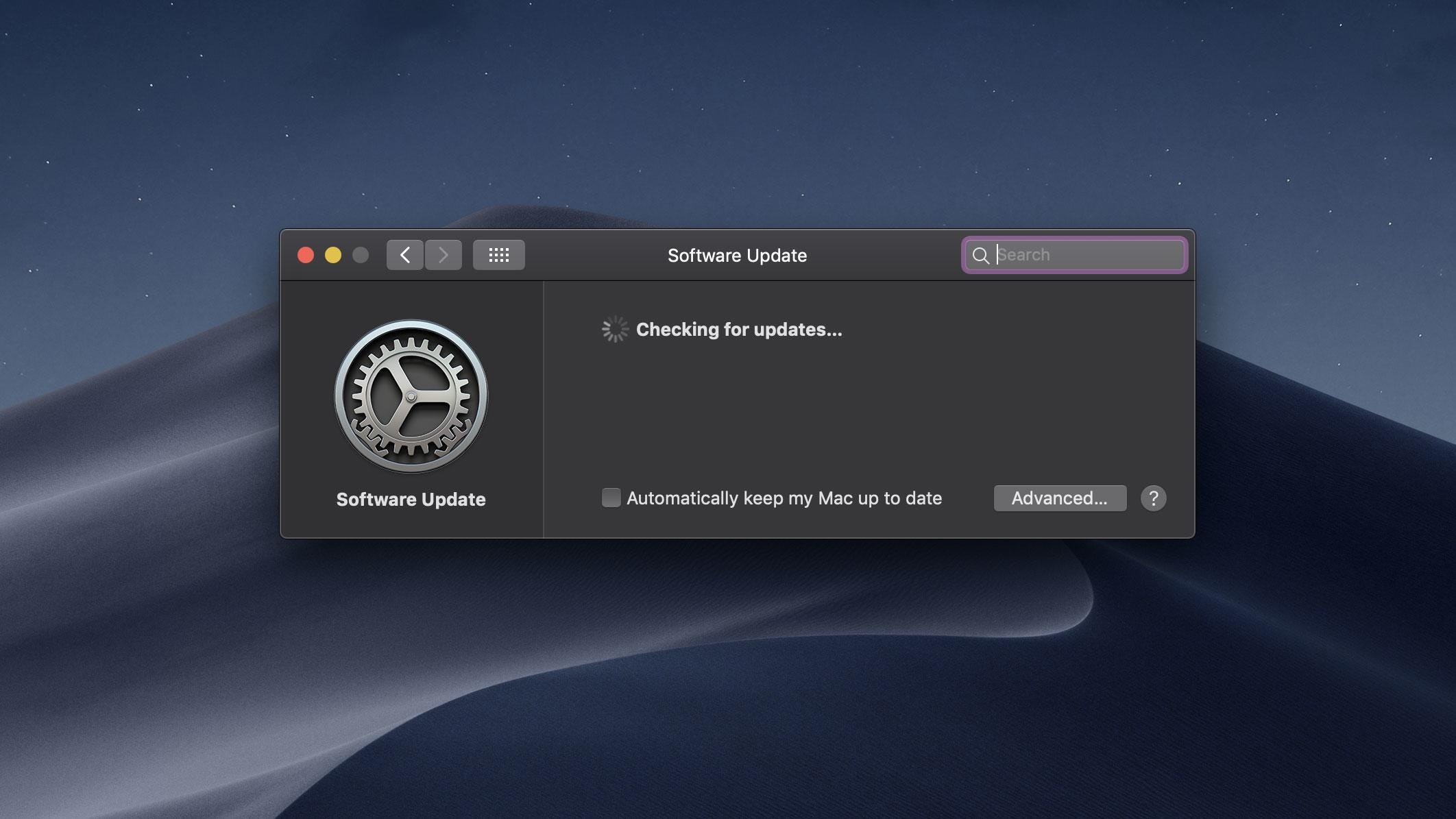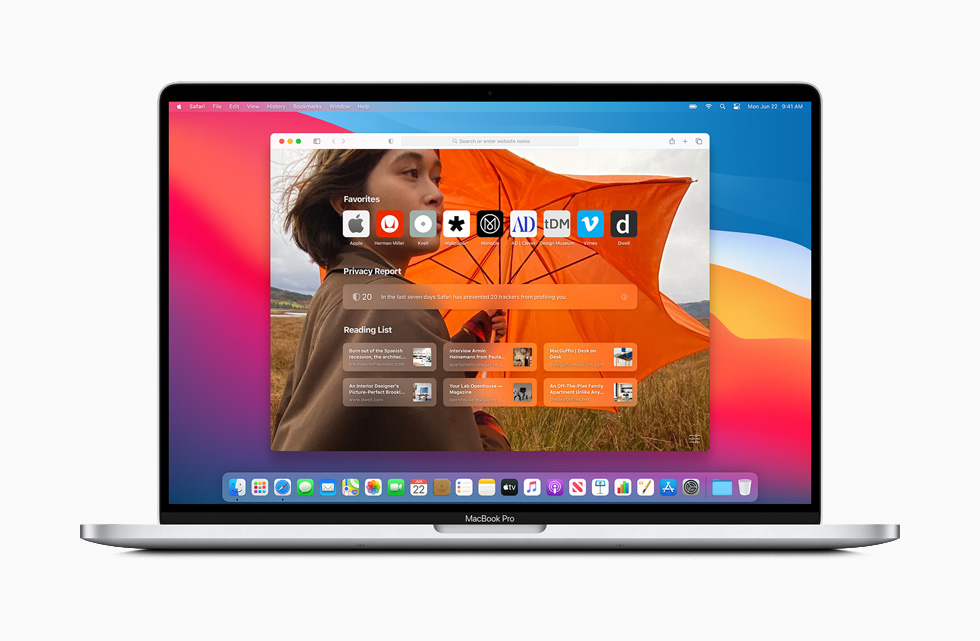The Ground Is Falling!!! Mac OS
Intego, a developer of Mac security products, was the first to announce the discovery of an actual malicious trojan for the Mac in the wild yesterday. Apparently, Mac forums have been massively spammed to drive lusty Mac users to porn sites that say that they require a Quicktime codec to be viewed. In the spirit of Halloween, the OSX.RSPlug.A trojan dresses up like said Quicktime codec, requiring an administrator password to install. However, as the Trojans found out to their detriment, if you bring a large wooden horse into the city, warriors may slip out while you're enjoying yourself and open the gates for the enemy army.
MacBook Pros and Cons. Not too long ago, my dad’s 2008 MacBook came to the end of its life. If you can’t remember back quite that long, it was the weird one-off unibody aluminum MacBook that. Tech — RSPlug.A Mac OS X trojan: a new threat, but the sky is not falling A new Mac trojan has appeared in the wild. This one appears to be legitimate. No, the Mac OS High Sierra is coming to all of us, even with older Macs. The name suggests exactly what it is: a set of refinements to the current Mac OS, called Sierra. 5 Responses to “Falling at the Last Hurdle” Gideon Says: June 27th, 2006 at 6:55 am. You should be quite ok to just hold down the power button on your mac to force it to shut down. I’ve never had a problem with it in the last 10 years. Well maybe on mac os 9. But not mac os X. It’s solid as a rock – unlike other operating systems where you need to make sure the CPU is ready to be. Aug 12, 2020 Run Grounded on a Mac with Parallels. Parallels is the virtualization software that allows you to run Windows and Grounded on Mac OS with the help of virtualization. This program can be outlined for DirectX 11 support using Apple Metal. The meaning of it is that your Mac can render 3D graphics up to 15 percent faster than other programs.
Now running with full administrator privileges, the 'codec' installer sets up a couple of fake DNS servers and a cron job that runs every minute to reinstall the DNS servers in case they have been removed. After this, whenever the compromised machine connects to the Internet, the malicious DNS servers are asked to translate domain names into IP addresses, allowing the person in charge of these servers to redirect selected destinations.
Intego claims that this mechanism is used for phishing purposes 'for sites such as eBay, PayPal and some banks' and the compromised computer will show porn ads on many sites. Savvy users should notice that something is wrong, as most sites targeted by phishers use SSL, which ties a cryptographic certificate to a DNS name. Just redirecting the DNS name isn't enough to phish successfully; some additional browser tricks are required to show the actual URL of the target site with the little lock in the browser. Showing a URL that looks a lot like one expected by an unwitting user may be enough to trick users who think they're secure just because they're using a Mac, however.
AdvertisementWe've seen several false alarms on Mac OS X when it comes to malware in the past. Back in February 2006, Leap-A appeared, but it quickly became apparent that it was quite harmless. Other Mac OS X malware discovered in the past has proven to be little more than proof-of-concept code that never made it into the wild.
Intego classifies the attack as 'critical' and shows a very scary graphic on its front page and mentions that its VirusBarrier X4 product keeps the trojan out, but the company doesn't say anything about removing the malware after it has already installed itself. Over at McAfee they're not as easily impressed, resulting in a 'low' risk assessment for both corporate and home users. The SANS Internet Storm Center says that the malware works 'almost exactly the same as its brother for Windowsoperating systems.'
As SANS points out, the appearance of OSX.RSPlug.A demonstrates that 'the bad guys are taking Mac now seriously.' This could mark a turning point, as it may mean that Mac OS X will soon become a significant target for malware writers for the first time. So, if you subscribe to the 'Macs are secure because of lack of market share' theory, it may be time to rethink that assumption. The appearance of this trojan may mean that Apple has crossed some sort of threshold for malware writers.
One important thing to keep in mind is that this trojan does not exploit any Mac OS X weakness, relying instead on social engineering to deliver the payload. The user is asked for the administrator password, the disk image is mounted, and the malware installed. Such attacks mean that Mac users will no longer be able to blindly enter their passwords and trust in the benevolent intentions of the package creators, as many are accustomed to doing.

The Ground Is Falling Mac Os Update
I’ve had the Mac for a month or so now, and on the whole I’m very happy with it. It’s certainly much easier to use than my Linux box was, and it’s much quicker to get work done on it. (Except for OpenOffice, which actually seems worse than the Linux version. Hope that improves soon!)
One thing I’ve noticed with Apple’s software though, is that on the whole it’s wonderful and does everything you need, but it often “falls at the last hurdle” by missing some killer feature, or doing it very badly. I suspect a lot of this is to “encourage” you to subscribe to .mac (which frankly after spending $3K on a new computer I’m loath to do) or buy some other add-on. Sometimes it’s downright annoying, and often means you have to fork out for some 3rd party shareware app to get the job done properly.
Exhibit A: iPhoto. Wonderful app. I love the ease of browsing and in-place editing, and can process and manage my photos so much faster than I could with just The GIMP and a file system. However, the “Export to Web Page” feature falls into the “why did they even bother?” category. It’s terrible. It produces a plain HTML page with a table of thumbnails in it. That’s it. No selectable colours or templates. It doesn’t even have CSS classes on the table elements, so you can’t even style it yourself.
I’m thinking of writing a Perl script to parse the HTML files and insert CSS classes, then at least it can be styled. In the meantime I found this excellent (and luckily, free) third-party app which does a proper job – lets you select some photos then produce a web album with some decent templates and customisation options. In other words, what I expected iPhoto to do in the first place. Naturally, Apple want you to subscribe to .mac, at which point I’m sure you can magically produce all sorts of pretty web albums…
Exhibit B: iSync and the Palm. Now I know Apple and Palm hate each other and Palm went off in a hissy fit and refused to update Palm Desktop on the Mac. But if Apple are going to advertise that the Mac will sync with the Palm Tungsten (which I have) then frankly I expect it to do a proper job. By which I mean, actually syncing the Palm categories with iCal’s as opposed to ignoring them and dumping all To Do items in “Unfiled”. Oh, and actually syncing the Palm memos at all would be nice. Even if it was just to text files.
As with many things on the Mac, the answer is to buy a 3rd-party shareware app. It does a decent enough job, and even has its own memo pad application to sync with Palm memos. But again, there’s no getting away from the fact that this kind of thing should be built into the Mac.

The Ground Is Falling Mac Os X
Exhibit C: Front Row. This is a lifesaver app that we use all the time. Power down the iMac, move it into the living room (sans mouse and keyboard), plug it in, turn it on. Click the “Menu” button to bring up Front Row, slam in a DVD and watch it. The Mac as a media centre. Lovely! After the movie we’ll often listen to some music in the iTunes library too, and maybe have an iPhoto slideshow, all from within Front Row, and all just using the remote. Wonderful!
Then it’s time for bed, so we need to turn off the Mac and move it back to the office. Err… so how do we turn it off with the remote? That’s right, you can’t! You can sleep it, but that’s not much good it you’re unplugging the Mac and moving it around. So I have to go back to the office, grab the mouse, bring it into the living room and plug it in, just so I can select “Shut Down” from the apple menu. Lame!
Most of the time, Mac OS X feels complete and very well integrated, but there are quite a few “glaring omissions” like the above. Maybe they’ll get sorted out in future software updates?
Is there anything that bugs you about Apple’s software like this? Where the app is basically great, but “falls at the last hurdle” by missing out a really obvious feature?